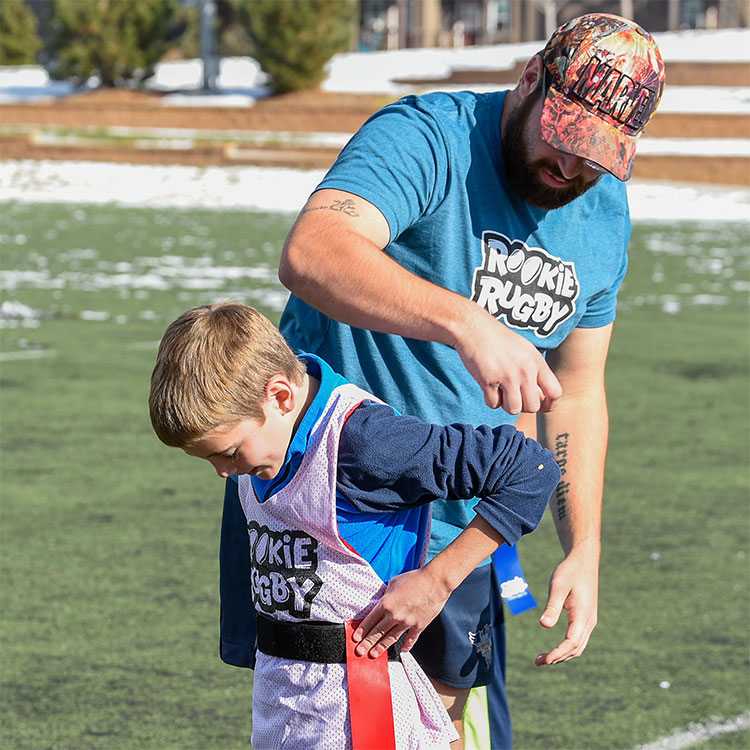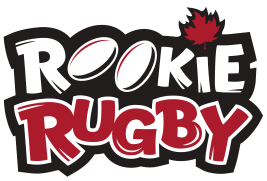
Rugby Canada is dedicated to the safety of all athletes on and off the field. We understand that it is the responsibility of the coach to maintain a safe environment for his or her players. We ensure that all registered coaches receive top safety information including child protection and concussion in order to protect the welfare of players.
In addition to the education we provide all registered coaches, we have outlined some best practice information to keep in mind when coaching. It is important to maintain safety for players and others involved at all times, including before, during, and after training sessions and games.
As a general rule, you should always act as any reasonable parent would do in the same circumstances:
Before
Emergency Action Plan (EAP)
Be sure to have an EAP for all practices and games. This plan outlines the steps to take should something happen. It contains all relevant information for local safety officials, hospitals, street address of the field, etc.
Assess the Venue
Environmental conditions can pose a safety threat for players and should be assessed prior to any athletic activity. For example, checking the field for divets or rocks can prevent injuries from occurring. Do a thorough check of the venue before every practice or game.
Know Your Players
This is probably the most important check that a coach can do. Each child is different and understanding their athletic ability, their injuries, and their limitations will help you in your role as a coach.
During
Dangerous Situations
All coaches should be ready and able to stop activity if there is a danger to any participants. This can include things like weather conditions such as lightning or extreme heat/cold.
Enhance the Learning
Children learn best when they are having fun and being successful. Small-sided games are great for introducing new skills and allowing players to learn and perfect. Avoid drills with lines of players standing around.
Back-up Plan
Always be prepared to have a back-up plan at the off chance something affects your session or game. Great coaches are flexible and put their players’ welfare first no matter what.
After
Evaluate the Session
Do a quick evaluation and assess the success of the training session or game. Be sure to note if there were any concerns or injuries that need addressing.
Injury Follow-up
If there were any injuries, be sure to check in with players and provide the proper follow-up, if needed. For example, make sure players take care of their own injuries such as icing or visiting a doctor to ensure they stay healthy.
Education
The most important thing you can provide to your players is education on what to do following a training session or game. This information can be as basic as hydrating or fueling properly with healthy foods instead of candy or pizza.
If an Injury Happens
 If there is an injury during practice or a game, remain calm and address the situation. Refer to the Emergency Action Plan to take the necessary steps.
If there is an injury during practice or a game, remain calm and address the situation. Refer to the Emergency Action Plan to take the necessary steps.
In case of a minor injury:
- Check with any player who is hurt or upset. You may need to stop the activity and ask the group to sit quietly. Check in with the player to find out what is wrong. Most children will need a few minutes to sit out before they jump back in.
- If a player is injured, ask an assistant coach to help with basic first aid. Be sure to inform the player’s parent at the end of the session of the injury and action taken.
- If no assistant coach is available, have the group participate in an easy activity that they can do with little supervision (i.e. Scarecrow Tag or Bulldog). You can then take a minute to help the injured player.
In case of a serious injury:
- Remain calm – panicking will not help.
- Ask the group to continue their activity away from the player that is injured. If you have an assistant coach, have them take the group.
- If needed, make the appropriate call to a parent or an Emergency Number depending on the injury. Stay with the injured player and make them as comfortable as possible. Until a health professional or parent arrives, you remain responsible for their care.
- Address any immediate danger. Be sure that no other players will get injured from the same activity or cause of the injury.
- As a follow-up, be sure to fill out an injury/incident report to keep on file with your Provincial Union. Check in with the injured player and/or parents over the next couple days.
